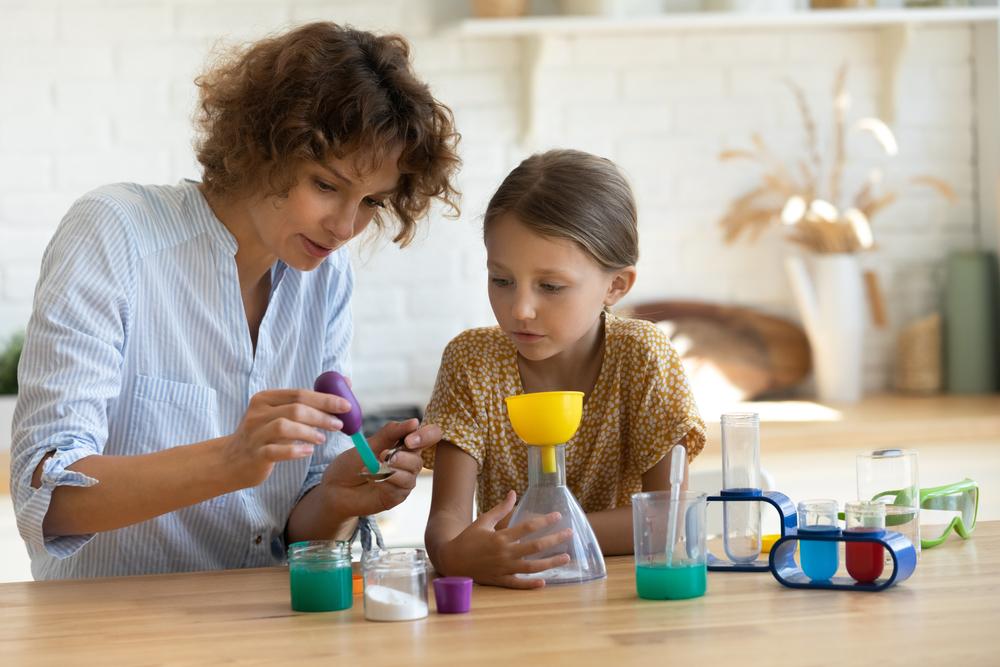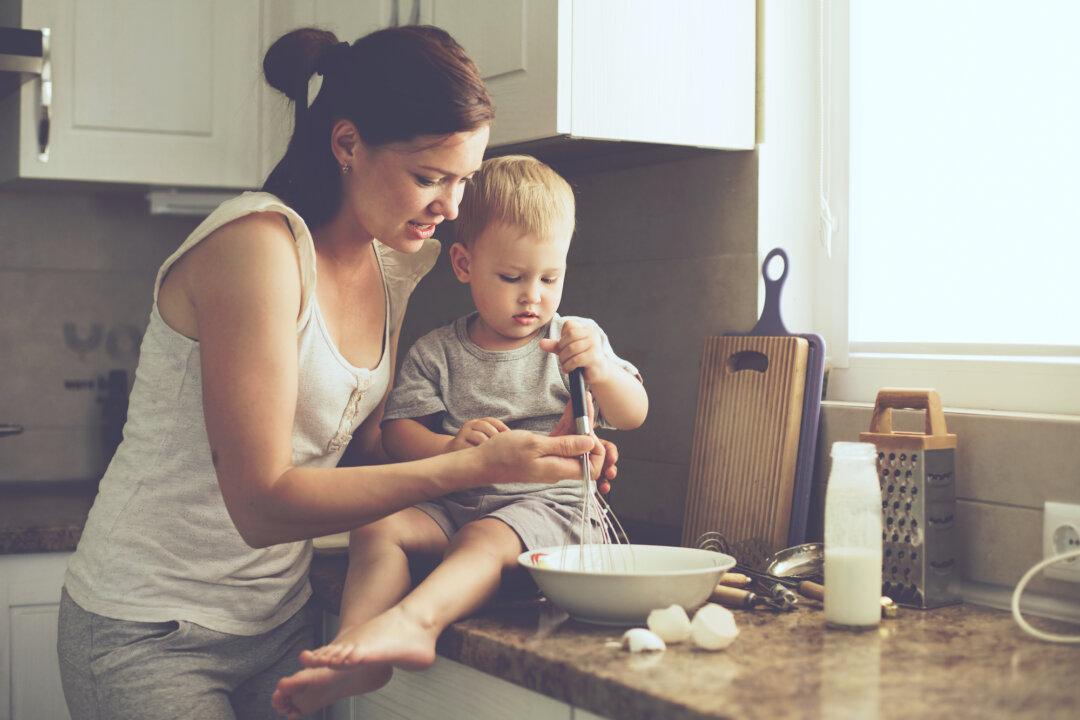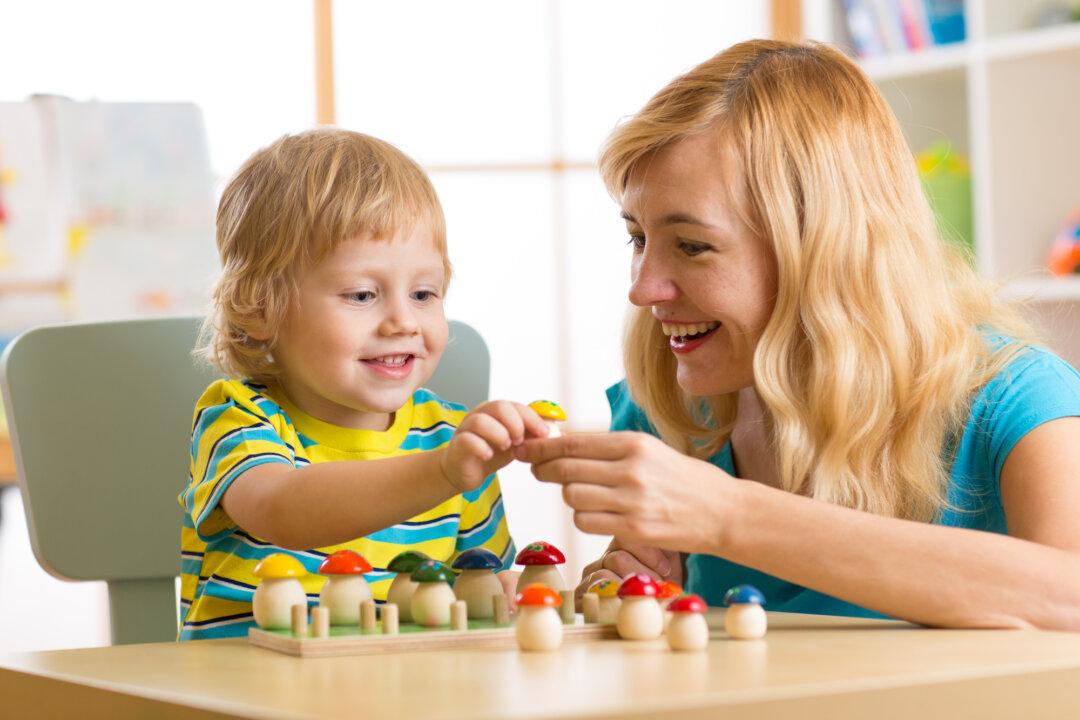Grandma’s counter was spread with salads, appetizers, main dishes, and desserts for the family meal. All the second cousins were vying for the coveted positions at the front of the line. The food was blessed and with excessive speed, the entire feast was devoured. It would be comical to suggest that the family needed to be coaxed into consuming the feast.
Consider this: The old-fashioned, family get-together is to eating as “living books” are to educating.





